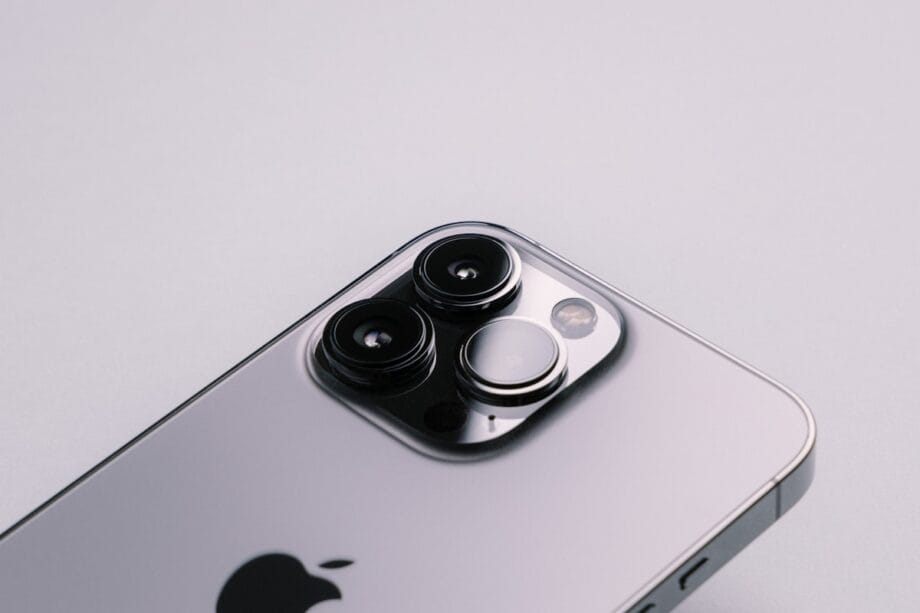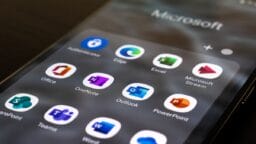Apple Unveils iPhone 17 Line-Up Amid Global Trade Turmoil
CUPERTINO, Calif., Sept. 10 — Apple launched its latest generation of iPhones on Tuesday, introducing an ultra-thin model and implementing a price increase for one of its premium versions, all while navigating the complexities of an ongoing global trade war.
The newly announced iPhone 17 series features a streamlined variant dubbed the “Air,” a name already associated with Apple’s sleek iPads and MacBooks. In line with tradition, all four models in the iPhone 17 range promise enhanced camera capabilities and longer battery life, surpassing their predecessors.
Notably, each device will now come with a minimum of 256 gigabytes of storage, effectively doubling the baseline from the previous generation.
“We are raising the bar again,” declared Apple CEO Tim Cook to an audience in the auditorium dedicated to the company’s late co-founder, Steve Jobs, at its Cupertino campus.
This launch marks the first in a series of releases since President Donald Trump resumed office and initiated a slew of tariffs aimed at encouraging domestic manufacturing—a scenario that places Cook under mounting scrutiny.
Despite these pressures, the production of all iPhone 17 models is anticipated to continue in Apple’s manufacturing facilities located in China and India, exposing them to Trump’s tariffs.
Analysts postulate that the increased tariffs on imported iPhones amplify the pressure on Apple to elevate prices in order to safeguard profit margins on its flagship products.
In a notable adjustment, Apple has decided to raise the price of the iPhone 17 Pro to $1,100—a $100 increase, representing a 10% hike from its predecessors. The iPhone Air will be priced at $1,000, mirroring last year’s iPhone 16 Pro.
Conversely, Apple has opted to maintain the introductory price of the standard iPhone 17 at $800, while the iPhone 17 Pro Max remains at $1,200.
All four models are set to hit retail stores on September 19.
On Tuesday, shares of Apple experienced a 1.5% decline, even as the broader stock market saw gains, indicating potential investor concerns over the company’s ability to bolster profits in light of the trade conflict.
The introduction of the iPhone 17 Air garnered significant attention, with Apple achieving an elegant design that encapsulates many of the Pro models’ capabilities. Forrester Research analyst Dipanjan Chatterjee noted that this model, at just 5.6 millimeters thick, contrasts sharply with the 8 to 9 millimeters thickness of the other iPhone 17 options.
“There were plenty of crackles and one big pop,” Chatterjee remarked regarding the excitement of Tuesday’s event.
One of the headlines from this launch included enhanced features catering to the selfie phenomenon. The iPhone 17 series introduces a front camera with increased megapixels for sharper images, along with a “Center Stage” feature that utilizes a broader field of view, allowing users to capture landscape photos without altering the phone’s orientation.

While the advancements associated with the iPhone 17 echo incremental improvements observed in recent years, analysts assert that Apple has successfully introduced enough innovation to rejuvenate interest in a device that had become stagnant.
In addition to the iPhone range, Apple presented its latest smartwatches, which feature a health-monitoring tool designed to identify potential hypertension, as well as next-generation AirPods.
After a prolonged period of tepid sales growth, Apple has sought to accelerate its expansion amid rising skepticism regarding its ability to innovate. These apprehensions, compounded by tariff-related uncertainties, have contributed to a 6% drop in the company’s market value this year, in contrast to the 13% rise of the tech-focused Nasdaq composite index.
While last year’s iPhone 16 performed reasonably well, it fell short of market expectations due to a lack of promised artificial intelligence enhancements, including a more advanced Siri assistant, which has now been deferred until next year.
“To genuinely differentiate and excel against competitors, Apple must master AI as a new contextual user interface,” forecasted Thomas Hussan, another analyst at Forrester Research.
The complexities of the global trade conflict have added to Apple’s challenges.
Both Trump and U.S. Commerce Secretary Howard Lutnick have reiterated demands for iPhones to be manufactured domestically rather than abroad—a request analysts deem unrealistic, predicting it would require years of transition and result in significant price increases, potentially doubling or tripling the current average price of approximately $1,000.
In an attempt to placate these demands, Cook initially committed to a $500 billion investment in U.S. operations over four years, subsequently raising this commitment by an additional $100 billion last month. In a gesture of goodwill, he even presented Trump with a statue featuring a 24-karat gold base.
This form of diplomacy has partially shielded Apple from the harshest of Trump’s tariffs; however, the 25% duty on incoming iPhones remains a concern. Some analysts speculate that the company might raise prices to protect its substantial profit margins.
Nonetheless, for the majority, Apple and other leading smartphone manufacturers such as Samsung and Google seem intent on maintaining last year’s price points.
Source link: Arabtimesonline.com.






